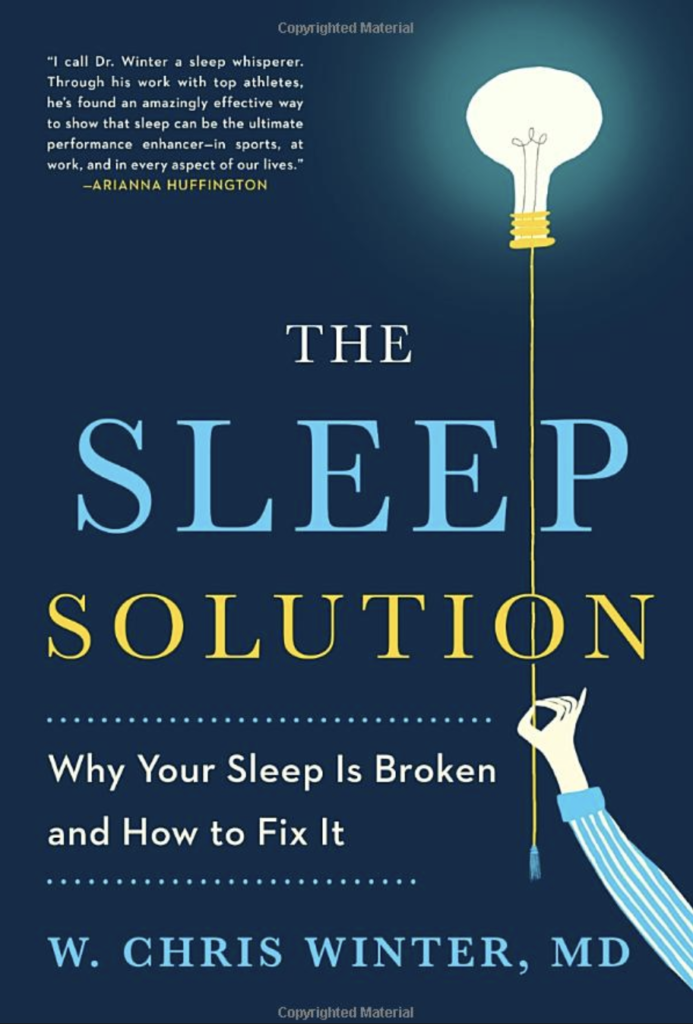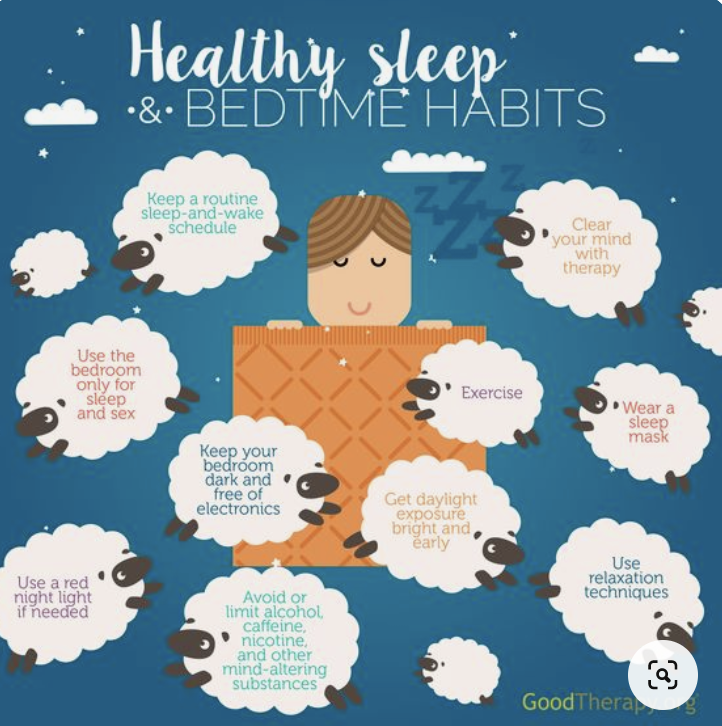Sleep
by Alyssa Colbert, LCSW
At an early hour of the morning on October 1st, I was awoken by the hissing sound of my heater being turned on. The annual day when New York City buildings are required to turn on the heat had arrived. I felt the heat slowly start to emanate from the heater and before I knew it, my thermostat read 80 degrees. As I tossed and turned, unable to fall back asleep, I couldn’t help but think about the training that clinicians at our practice did last week led by Dr. Brian Curtis. Dr. Curtis is a clinical psychologist who specializes in sleep disorders, post-traumatic stress disorder (PTSD), and borderline personality disorder in adults. His training last week was on the integration of the treatment of sleep disorders and Dialectical Behavior Therapy.
Our quality of sleep can be a significant factor that interferes with behavior change and progress toward our goals. One of the clinicians at our practice has this great saying: “A sleep disorder is a mood disorder.” Dr. Curtis held this same wisdom when discussing how one of the functions of sleep is to process and regulate our emotions. As we know from our PLEASE skill, exposure to vulnerabilities makes us more susceptible to emotion dysregulation. It makes sense that poor quality of sleep or having a sleep disorder, can increase our emotional vulnerability and directly impact our quality of life.
One of Dr. Curtis’s recommendations for attempting to regulate your sleep and improve your sleep quality is to consider sleeping in cooler temperatures. This is because our core body temperature decreases when entering into a deeper sleep. If your environment is warm, you are likely going to have a more difficult time falling asleep because your body is tasked with the challenge of decreasing your temperature in a warmer environment. Once I remembered this fact on that October 1st morning, I quickly got activated to try and change my room’s temperature. Another recommendation from Dr. Curtis is to take a warm bath or shower prior to sleeping. While this is seemingly in contrast to the previous recommendation, if we remember the wisdom of dialectics, both can be true. Dr. Curtis discussed that taking a warm bath or shower actually functions to decrease our core body temperature by releasing some of our body’s temperature into our environment. This is what is happening when our skin appears flushed after a bath or shower.
Have you talked with your therapist about your experience with sleep? If not, we’d recommend that you consider putting it on your session agenda. The two recommendations from Dr. Curtis are just a few of many. You and your therapist could assess your sleep together and explore if there is a specific intervention that could be helpful for you. In the meantime, we’d encourage you to take a look at the Sleep Hygiene handout in the DBT skills workbook (Emotion Regulation Handout 20B). This handout can give you some more ideas to improve your experience with sleep.
WORDS OF WISDOM

MEME OF THE WEEK

BOOK OF THE WEEK
(Click below to Purchase Book)
MENU

Golden Milk, a Bedtime Smoothie for Better Sleep, Sleep Well Banana Tea
CONTRIBUTE


